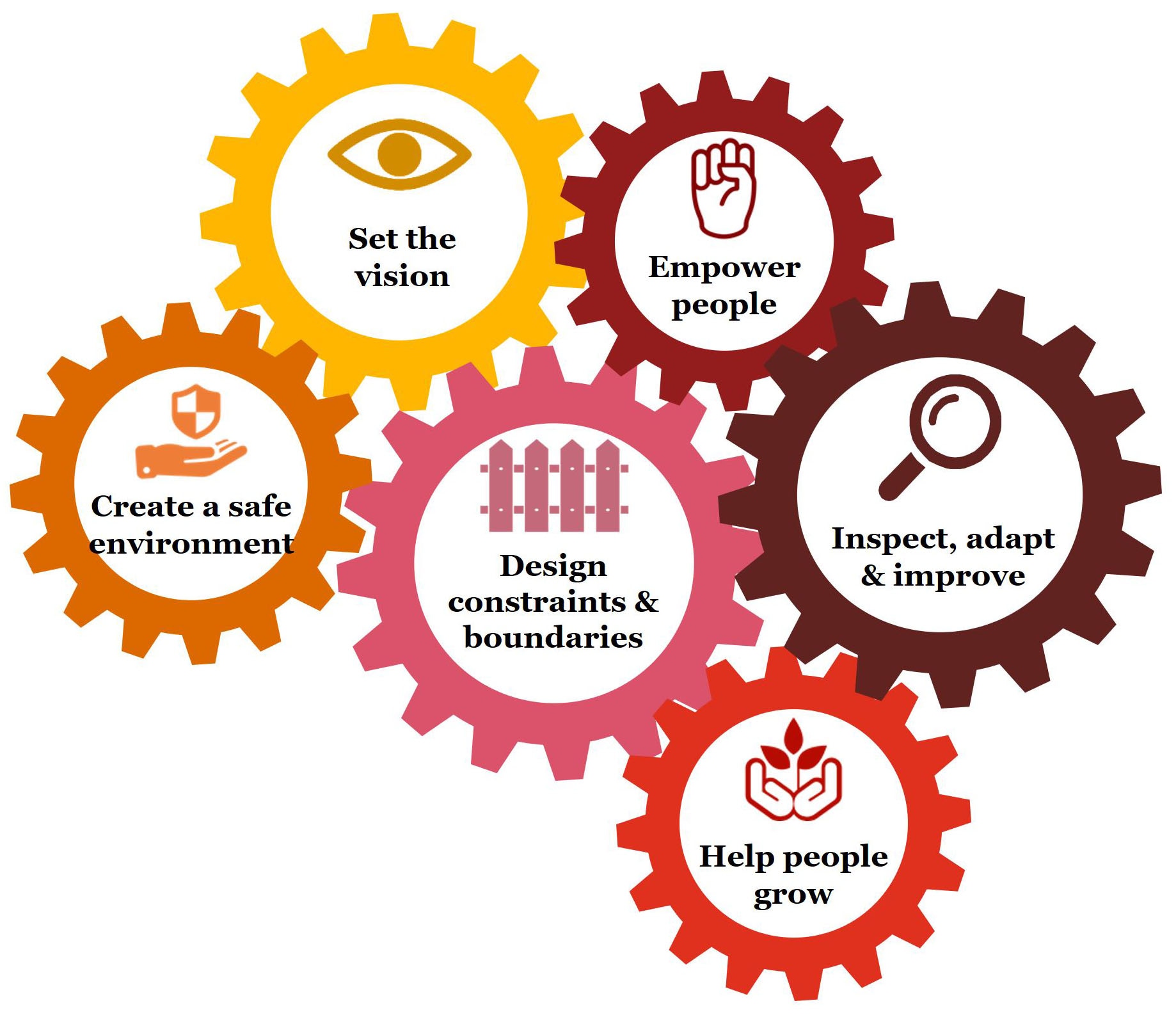Agility starts with self-organisation
November 2018
By Ankit Tandon, Workforce Senior Manager, PwC Malaysia
Ever wondered, how certain organisations scale up so quickly? How do organisations with thousands of people adapt to changing market conditions? And what are the common attributes of successful organisations that lead to market disruptions? Understanding the concept of ‘Agility’ may be a good start.
Agility is the ability of an organisation to move at the speed of customers in this Volatile, Uncertain, Complex, Ambiguous (VUCA) environment. It is probably the single most important differentiator a business needs in this digital age. Unsurprisingly, it becomes a challenge to achieve this without decentralising some of the processes or giving more autonomy to people on the ground to decide on their own the best way to achieve shared organisational goals.
What is self-organisation and why is it important?
The concept of agility has its roots in software development, as defined by the Agile Manifesto which states that “the best architectures, requirements, and designs emerge from self-organising teams.” While its usage has evolved over time, and is now applied in other industries, its fundamentals lie in the concept of self-organisation. Essentially ‘self-organisation’ relates to how people collaborate towards shared goals by deciding on their own the best way/process to achieve them.
The Darkness Principle by K.A. Richardson highlights the importance of self-organisation. The key takeaway from this principle is that each person in the team has a limited set of skills, finite experience and definitely some blind spots. Because they have an incomplete mental model of the whole system, they need to put their perspectives together to plan and deliver results. This is why collaborative frameworks like Scrum requires the whole team to be present during events like planning and daily scrums. Everyone needs to plan and execute goals together.
How can I build a self-organising team?
Self-organisation happens naturally when a group of people are left together. However, we need to challenge whether the outcomes as a result of this behavior are in the right direction or not.
So, how do I grow a self-organising team focused on the right outcomes? If you are a Scrum Master/coach/leader, you might be asking, what can I do to encourage my teams to get better at it?
There are six aspects to nourish self-organisation in a team:


Set a vision (The ‘Why’)
Have a compelling vision and purpose. These act as intrinsic motivators, spurring people on in pursuit of a higher purpose (e.g. solving a larger structural issue that is faced by not just the team, but also the organisation as a whole).

Design constraints and boundaries (The ‘What’)
Give the team space to collaborate, experiment and learn together. Design the constraints to enhance interactions and to promote the right behaviours.

Empower people (The ‘How’)
Empower teams to make strategic decisions. Decentralise decision-making and transfer power to people on the ground to figure out the best way to achieve the goals.

Create a safe environment (The enabler)
Empowered people also need a safe and supportive environment to try new ideas and speak their minds. A psychologically unsafe culture that lacks trust and freedom for people to make decisions acts as a barrier in achieving optimal cohesiveness.

Help people grow (The distinguisher)
Help people develop their competence. Co-create a learning backlog with the team. Build cross-functional generalists rather than specialists in one particular area. People should be practicing one skill, learning a second and teaching a third to be cross functional. Having the right skills help in fostering trust and building self-organisation within the team.

Inspect, Adapt and Improve (Empiricism)
Involve everyone. Reflect back and celebrate successes. Look for ideas to improve and co-create new and better ways of working.
At the end of the day, there is no secret sauce to self-organisation – it is, after all, a behavior that is inherent in human beings. But what purpose we self-organise for, remains a choice and can be controlled. In this fast moving world, self-organisation done right enables faster decision-making. It leads to improved collaboration, motivated teams and better outcomes. And this is fundamental in enabling organisational Agility.
Got questions?
This is the first blog of our Enabling Agility series. We will be covering the different aspects of Organisational agility in our future blogs.
What can organisations do to make self-organisation happen? How can you encourage the right skills to be developed in your team to make it more autonomous and self-organising? What are the tools and techniques to make your Agile journey more rewarding? Come and chat with us.















